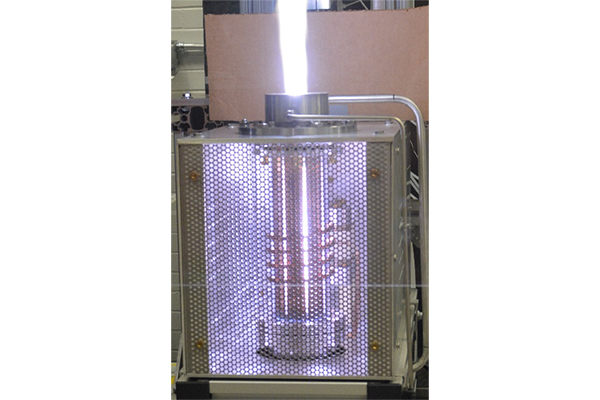A UT interdisciplinary research unit and graduate program is developing advanced computer models with the support of a $16.5 million Department of Energy agreement.
Robert Moser, deputy director of UT’s Oden Institute for Computational Engineering and Sciences, said computer models are used to help make informed decisions in many fields. For example, models of a hurricane’s storm surge can be used to predict who needs to evacuate, he said. Moser said computer models often have many approximations and uncertainties, so scientists must be able to define how reliable a model is.
“Not only do I need to make a prediction, but I need to be able to say how confident I am in the prediction,” Moser said. “The predictive science program is about how you make predictions with assessments of how reliable the predictions are.”
Moser said most of the money from the DOE agreement, which began Oct. 1, will be used to support faculty, postdoctoral fellows and graduate students, and modest amounts will be used for laboratory equipment and advanced computer hardware.
The DOE selected the Oden Institute for a five-year collaboration to establish a multidisciplinary simulation center, which will improve modeling reliability by simulating physics theories related to plasma. The new center will focus on understanding and predicting the behavior of a plasma torch, which UT had already developed to test materials for space capsules, Moser said.
The plasma torch contains a flame made of plasma that reaches temperatures higher than the sun’s surface, according to the Oden Institute. The torch can be used for energy production and space travel, said George Biros, a core faculty member at the Oden Institute.
“It looks like a lightsaber in the sense that it’s a solid cylinder, and this plasma jet comes out of it and … is very bright,” Moser said. “(Our work) on the torch is … to improve the capability to do predictions.”
Moser said the team will use complicated computers, such as those at the Texas Advanced Computing Center. TACC hosts the Frontera supercomputer, the eight-most-powerful supercomputer in the world and the fastest supercomputer on a university campus, according to TACC’s website.
“We'll be developing techniques that allow people to more effectively do predictive computations on big, complicated computer systems like Frontera and similar systems that the Department of Energy has,” Moser said.
Biros said the team will use the supercomputers to predict the behavior of the torch in experiments, which they will then conduct to try to validate their predictions.
“For many areas of science engineering, experiments are impossible,” Biros said. “So you have to be able to predict using computer simulations.”
Biros said the team will collaborate with three national laboratories: Lawrence Livermore National Laboratory, Sandia National Laboratories and Los Alamos National Laboratory. He said these collaborations will involve an exchange of experiences in areas such as high-performance computing and plasma physics.
“The institute already brings together collaborative teams to do this kind of work, so it was a perfect home for such a project,” Moser said.





















